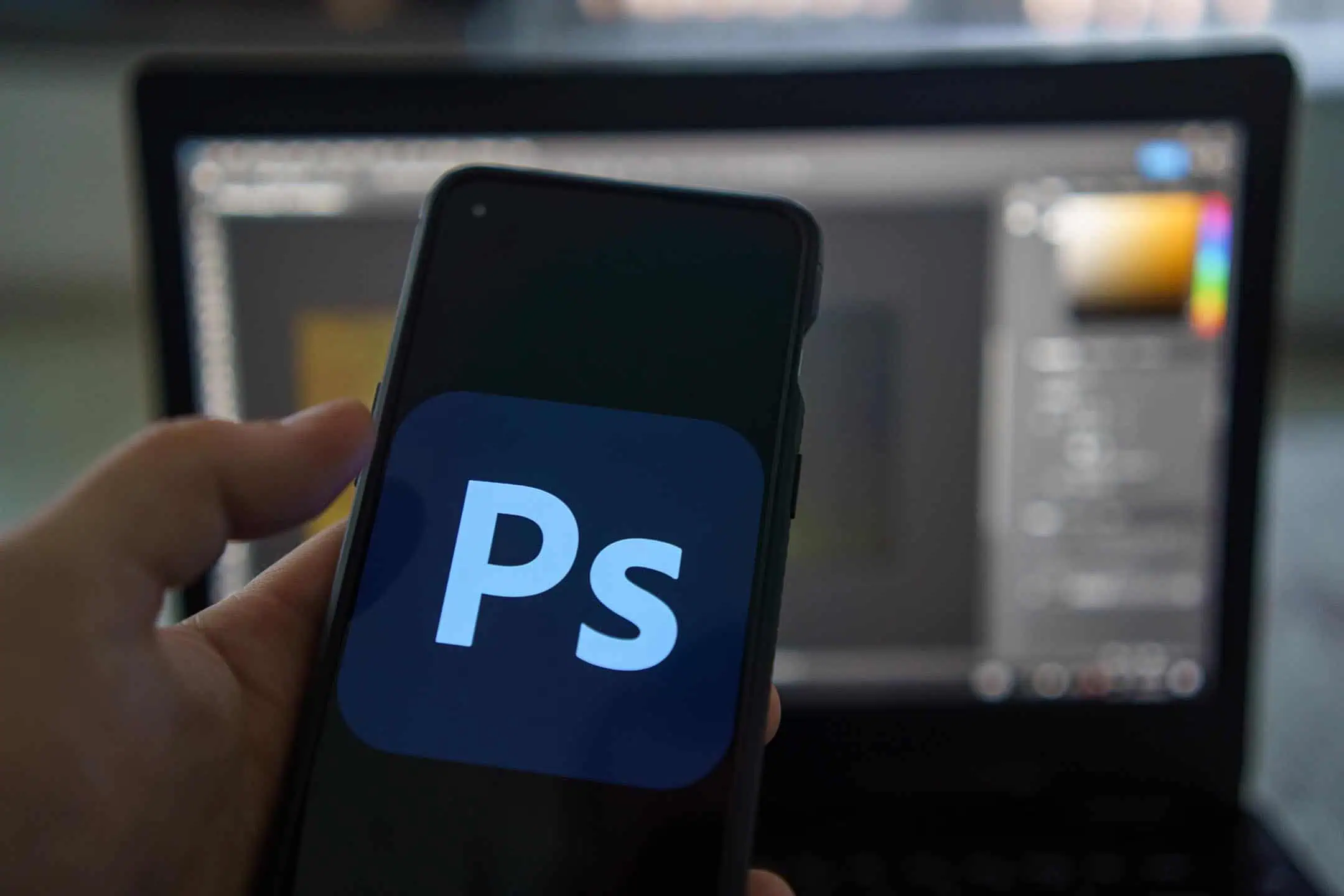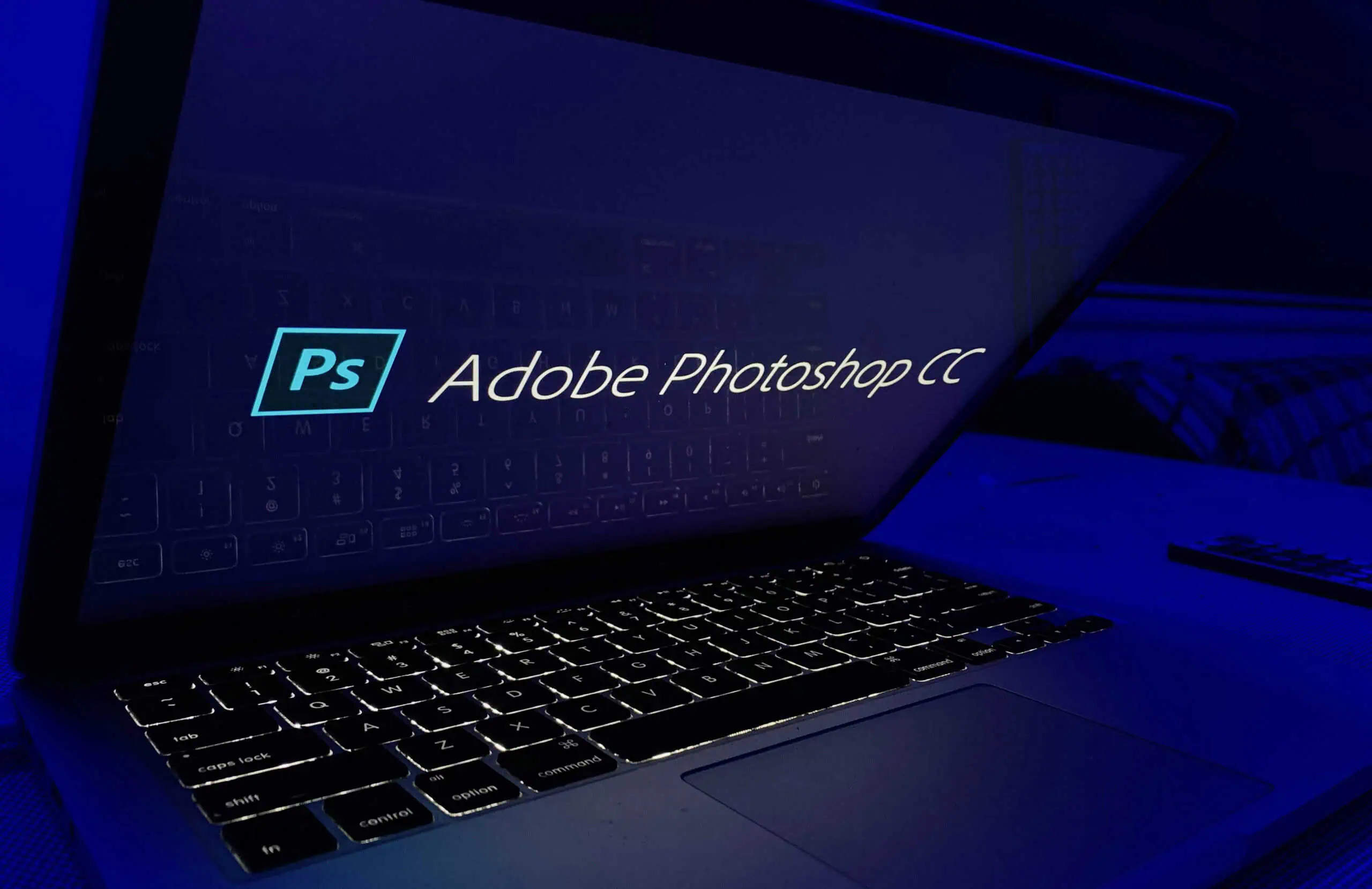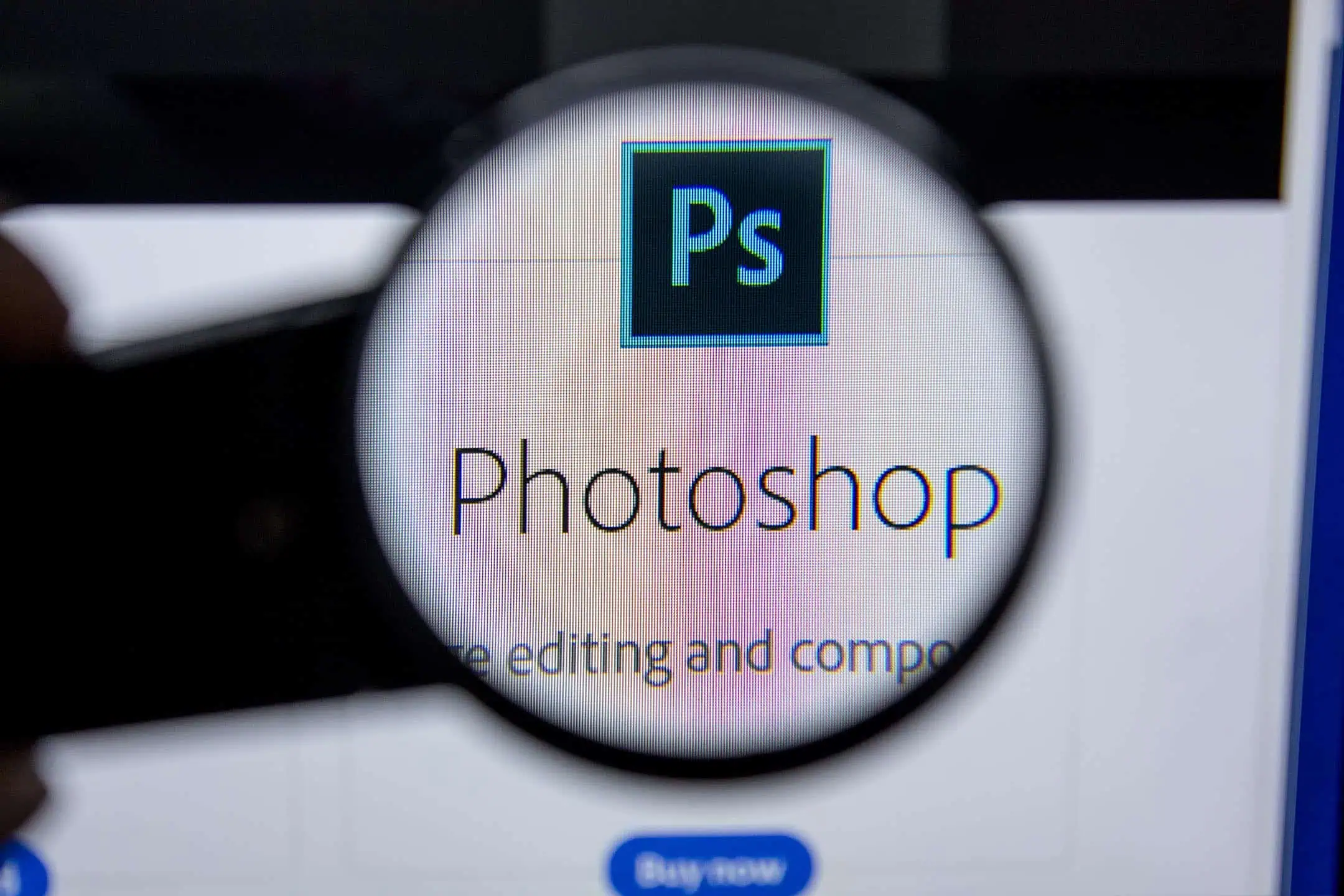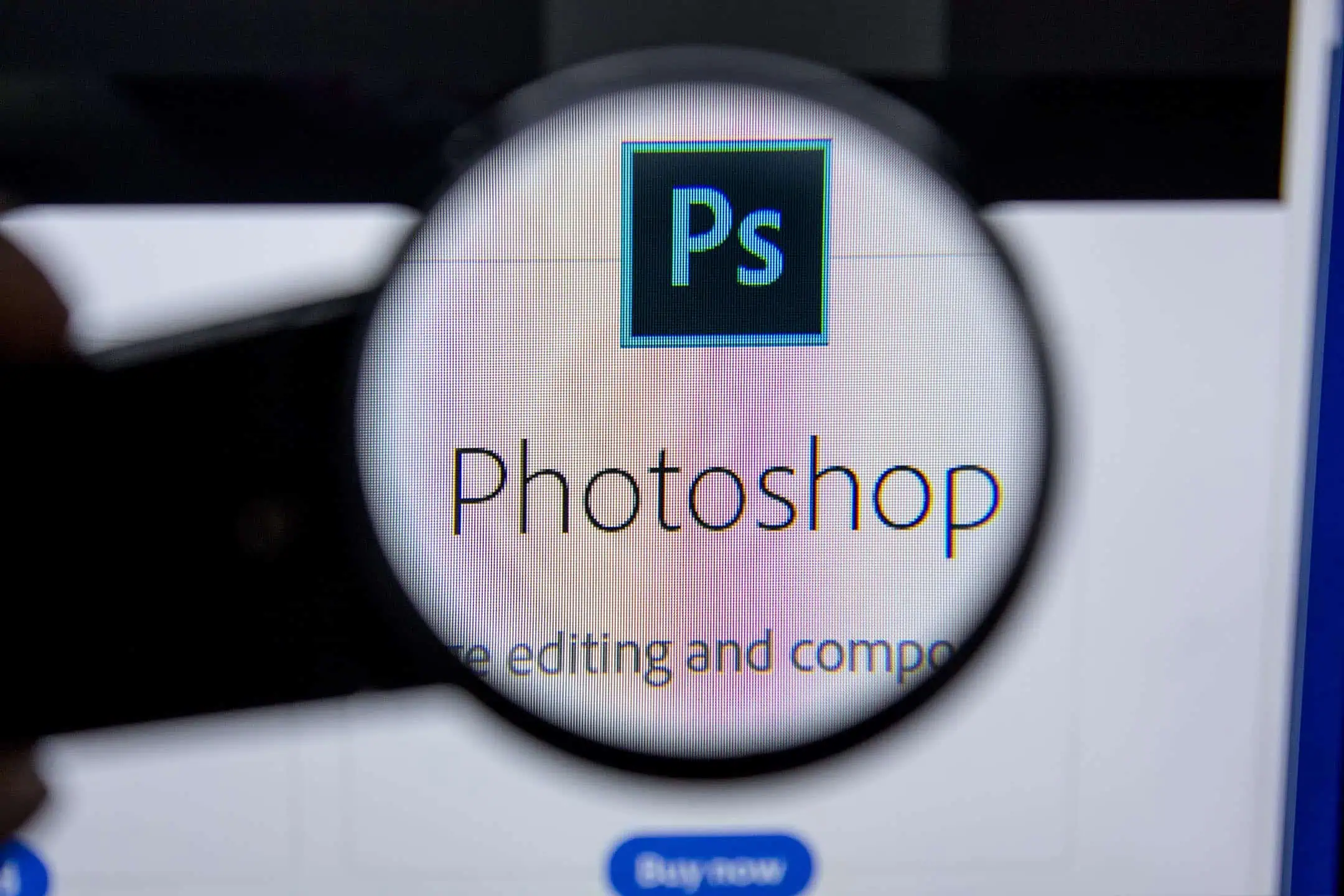Adobe Photoshop stands as an indispensable tool in the arsenal of modern designers, epitomising the fusion of creativity and technology. Renowned for its robust features and versatile capabilities, Photoshop allows designers to craft, enhance, and transform visual content across various digital platforms.
In the realm of digital marketing, the importance of visual content cannot be overstated. High-quality, compelling visuals capture attention, convey messages succinctly, and are more likely to be shared, increasing engagement and reach. As audiences become increasingly visual, the ability to produce refined and professionally polished images and graphics becomes critical for businesses aiming to stand out in a crowded digital landscape. Harnessing Photoshop’s cutting-edge tools not only elevates the aesthetic appeal of these visuals but also ensures that they align perfectly with marketing strategies, driving home messages with clarity and impact.

Understanding Photoshop’s Interface
Adobe Photoshop’s latest user interface (UI) is designed to enhance efficiency and intuitiveness, catering to both new and seasoned users. The streamlined workspace offers customisable toolbars and panels that allow users to adapt the layout to fit their workflow preferences.
Familiarising yourself with this interface is crucial for maximising efficiency; knowing where tools and features are located can significantly reduce the time spent on projects. The ability to quickly access frequently used tools and settings, as well as the option to create personalised workspace layouts, helps designers streamline their processes and focus more on the creative aspects of their work.
Essential Tools and Their Applications
Photoshop’s comprehensive suite of tools caters to a wide range of design needs, from simple edits to complex digital artworks. Understanding how to leverage these tools effectively is key to maximising the software’s potential in your projects. Here’s a look at some essential tools and their applications:
Layers and Masks: Basics to advanced techniques
Layers and masks are foundational in Photoshop, allowing for complex edits and composites without permanently altering the original images. Mastery of these tools enables designers to segment their work into manageable parts, enhancing overall control and flexibility.
Selection Tools: Use cases in editing and composing
Selection tools are vital for precise edits. Whether you’re isolating objects, creating composite images, or applying targeted adjustments, these tools provide the precision necessary for intricate editing tasks.
Adjusting Colour and Lighting: Enhancing photo quality
Photoshop’s colour and lighting adjustment capabilities are instrumental in transforming the quality of photos. Tools like Curves and Levels allow for detailed control over the tones and contrast, making it possible to enhance or completely alter a photo’s atmosphere.
Smart Objects and Filters
Using Smart Objects and Filters enables non-destructive editing, meaning you can alter your edits without permanent changes to the original layers. This flexibility is crucial for experimenting with different effects and adjustments.
Brush and Pen Tools
The Brush and Pen tools offer creative freedom to customise elements and add personal touches to your designs. Whether you’re drawing freehand or creating precise vector shapes, these tools are indispensable for adding unique artistic elements to your work.

Advanced Features for Professional Results
Photoshop is not just about basic image editing; it’s equipped with advanced features that enable professionals to push the boundaries of digital art. These sophisticated tools help achieve remarkable results by adding complexity and depth to your projects. Let’s explore some of these advanced features:
Content-Aware Fill
Content-Aware Fill is a powerful feature in Photoshop that intelligently removes unwanted elements from your images. By analysing the surrounding areas of the deleted element, Photoshop fills the gap with a seamless patch, making it appear as though the object was never there. This tool is indispensable for editing images by clearing up distractions without leaving any trace.
Advanced Compositing
Advanced compositing allows designers to blend multiple images into a single, cohesive graphic. This process involves layering several photos, adjusting their opacity, and applying masks to create a realistic or surrealistic composition. Techniques like blending modes and layer adjustments play a crucial role in ensuring the elements are seamlessly integrated, enabling artists to craft visually striking scenes or abstract artworks.
3D Design Functionality
Photoshop’s 3D design functionality opens up a new dimension of creativity, allowing designers to incorporate 3D models directly into their projects. Users can manipulate these models, adjusting textures, lighting, and perspectives to match the scene, providing a way to create more dynamic and engaging visuals. This feature is particularly useful for mockups, product visualisations, and creative art that stands out in today’s visually competitive environment.

Tips for Using Photoshop for Web Design
When using Photoshop for web design, it’s crucial to optimise images and design elements not only for aesthetics but also for performance and user interaction.
Optimising Images for Faster Web Loading
To ensure your website loads quickly, it’s important to optimise images in Photoshop. Use the ‘Save for Web’ feature, which allows you to choose the optimal balance between image quality and file size. Opt for formats like JPEG for photographs and PNG for graphics with fewer colours. Compressing images effectively reduces loading times, enhances user experience, and improves SEO rankings.
Designing Elements Specifically for User Interface Enhancements
Photoshop is an excellent tool for designing UI elements that are both functional and visually appealing. Focus on creating clean, scalable icons and buttons that enhance usability. Utilise layer styles and vector shapes which are easily scalable and editable, allowing for seamless integration into various screen sizes and resolutions. This approach ensures your designs are not only beautiful but also practical, providing a positive experience for users across all devices.
Photoshop for Digital Marketing: Creating Compelling Visual Content
The quality of your visual content can significantly impact engagement and conversion rates. High-quality images crafted in Photoshop grab attention, convey messages succinctly, and enhance brand recall. By utilising Photoshop’s advanced editing tools, marketers can create visuals that are not only eye-catching but also perfectly aligned with their brand’s messaging and aesthetic.
Effective graphic content in marketing campaigns often includes customised infographics that simplify complex data, branded images that improve campaign cohesion, and compelling CTAs that drive user action. For instance, a well-designed infographic can distil complex information into an easy-to-understand format that increases shareability, while tailored images can highlight product details effectively in ads. Utilising Photoshop to refine these elements ensures that every piece of content is optimised for maximum impact, making it a crucial tool for digital marketers aiming to captivate and engage their target audience.

SEO & Photoshop: Optimising Images for Search Engines
Optimising images for search engines is a critical aspect of SEO that can greatly enhance your website’s visibility and performance. Photoshop plays a key role in this process, allowing for detailed adjustments that improve both the quality and SEO-friendliness of your images.
The basics of image SEO involve strategic practices such as using descriptive, keyword-rich file names instead of generic defaults like “IMG_001.jpg.” This helps search engines understand and index the content more effectively. Additionally, adding alt text to images in Photoshop provides a text alternative for search engines and improves accessibility for users with visual impairments. This text should accurately describe the image content, incorporating relevant keywords where appropriate.
Optimising images not only aids in better indexing by search engines but also improves page loading times, enhancing user experience and boosting overall SEO rankings. Efficiently optimised images can attract traffic through Google Images and other image search engines, further increasing the reach and effectiveness of your content.
Using Photoshop for Visual Excellence
Adobe Photoshop remains an indispensable tool for designers and digital marketers alike, offering a vast array of features that enhance visual content across the board. From optimising images for web performance to crafting detailed graphic designs for user interfaces, Photoshop’s capabilities are pivotal in creating compelling, high-quality visuals that engage and convert audiences. Understanding and leveraging these tools, whether for image SEO or advanced digital marketing strategies, ensures that your visuals are not only visually appealing but also optimised for maximum online performance. Embrace the full potential of Photoshop to elevate your digital content and stand out in the competitive digital landscape.




